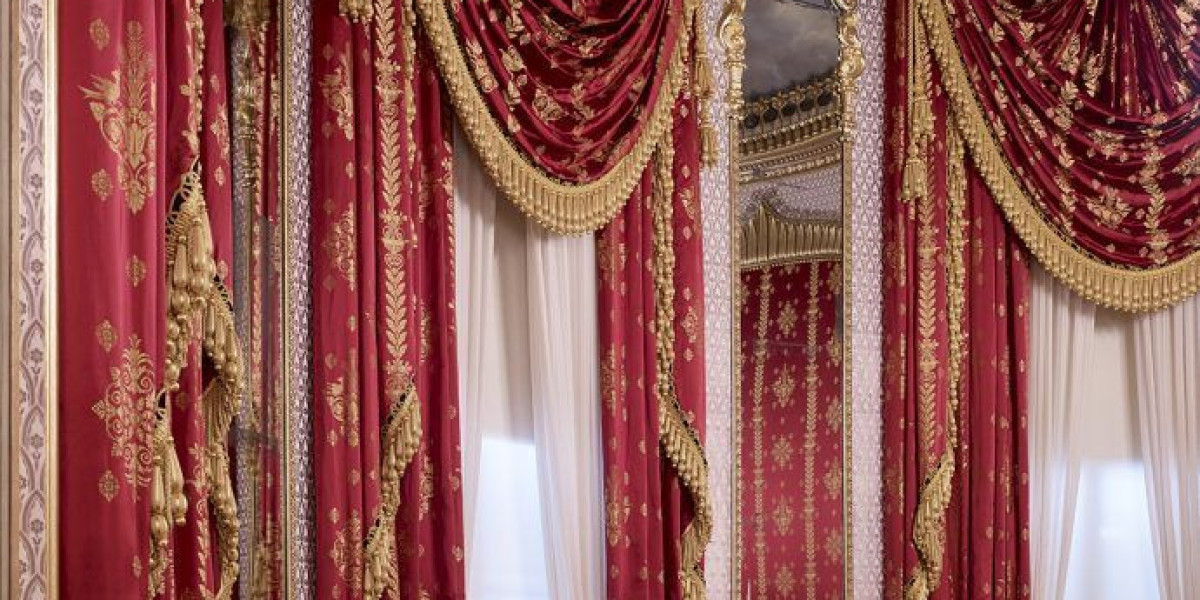1. Bathrooms = Constant Moisture Zones
No matter how good your ventilation system is, bathrooms are environments of constant moisture. Water vapor accumulates quickly, especially near windows, and fabric curtains are often the first to absorb it. A non-waterproof curtain can:
Sag, stain, or rot over time
Harbor mildew and bacteria
Transfer moisture to window frames or drywall
Cause lingering odors and discoloration
A waterproof curtain provides a moisture barrier—keeping both your window area and curtain fabric protected.
2. Benefits of Waterproof Curtains
Low Maintenance: Wipe-clean surfaces make them easier to care for.
Durability: Resistant to shrinking, tearing, and discoloration.
Healthier Environment: Prevent mold and allergens from building up.
Functional Elegance: New designs allow waterproof curtains to blend seamlessly into stylish interiors.
In fact, modern Teflon-coated or vinyl-backed fabrics can look just as elegant as any standard cotton drape.
3. What to Look for
When choosing a waterproof bathroom curtain, consider:
Water-resistance rating: Some fabrics resist splashes, others block steam and direct contact.
UV resistance: Especially important for sun-facing windows.
Mold and mildew resistance: Built-in treatments that inhibit fungal growth.
You can also opt for double-layer curtains—a decorative outer layer paired with a hidden waterproof liner.
4. Aesthetic Harmony with Safety
Gone are the days when waterproof meant ugly. Today’s market offers designs with:
Linen textures
Neutral palettes
Custom lengths and soft pleats
Even blackout options for privacy
That means you can enjoy moisture protection and sophisticated décor at the same time.
Conclusion
Bathroom curtains do far more than provide privacy—they protect your space. Choosing a waterproof window curtain is a small decision that can have a big impact on your bathroom’s cleanliness, comfort, and design consistency.








